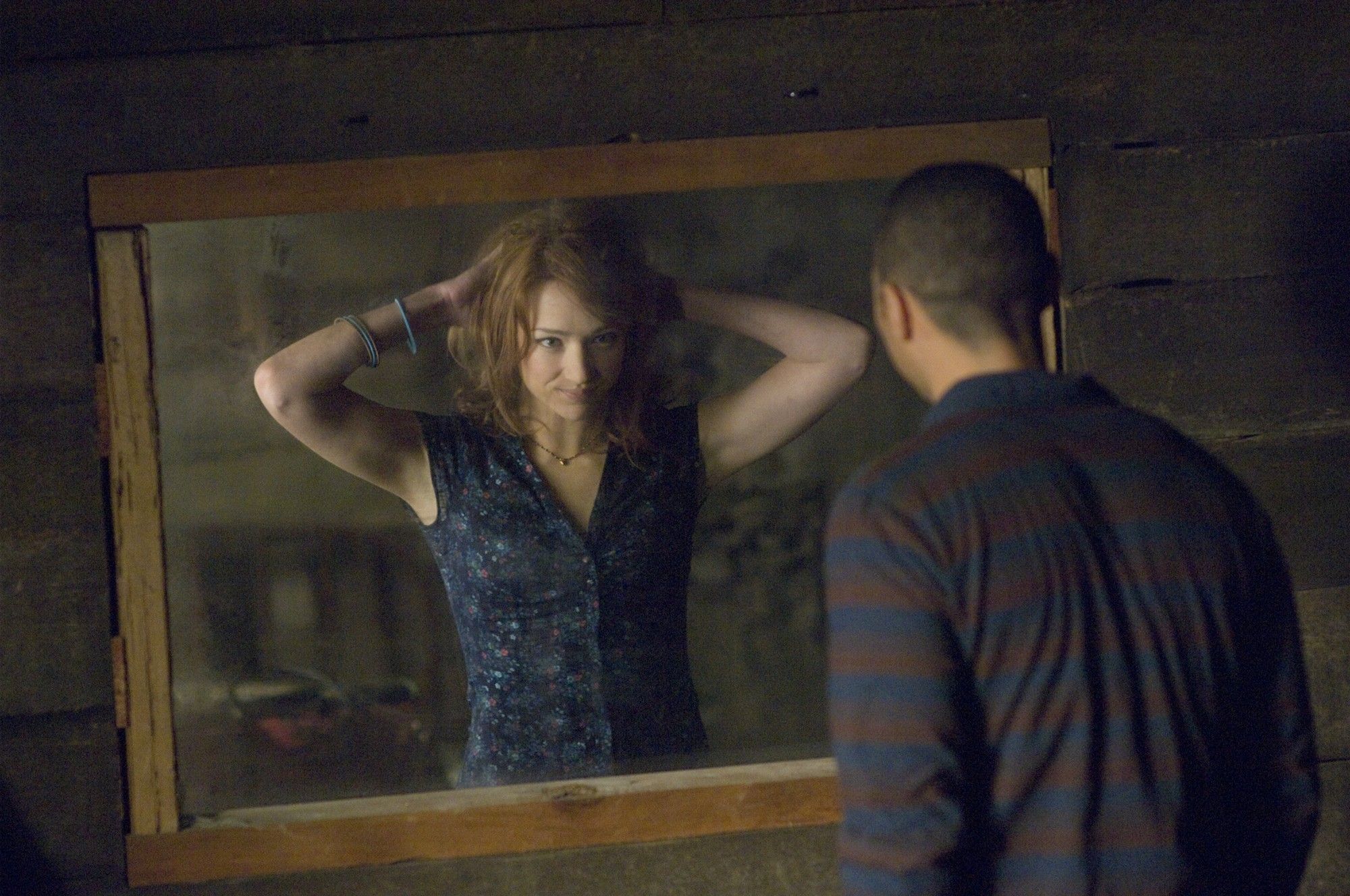How they filmed various key scenes in the series.
Intertextuality
Scotland deserves its own film school
Wednesday 25 June 2014
”
SCOTLAND should establish a national film school to rival those in England and abroad, the Edinburgh International Film Festival will be told today.
In a key address to the festival (EIFF), Dr David Archibald, of the University of Glasgow, will say that the Scottish film industry also needs to have its own dedicated agency, and that there is a "disconnection between talent and infrastructure" north of the border.
Scottish film has not had its own dedicated agency since Scottish Screen was merged with the Scottish Arts Council to form Creative Scotland in 2010 and Dr Archibald, a lecturer in film and television studies, will say the present funding situation is a "muddle".
He will also say, in the Forsyth Hardy Lecture, that young and emerging talent would benefit from a dedicated film school which would draw from the knowledge and courses currently being taught at institutions such as Screen Academy Scotland at Napier University, courses at Glasgow, St Andrews and the University of the West of Scotland.
Dr Archibald said: "Instead of having the ambition to have a Scottish Film School which could compete not only with London but internationally, there is a political fear of creating another national institution…”
Cabin in the Woods
Horror film clichés evident in The Cabin in the Woods
Five college students pile into a van and drive deep into the woods for a weekend in a borrowed cabin. Their last stop is of course a decrepit gas station populated by a demented creep who giggles at the fate in store for them.
This is no ordinary cabin in the woods, but actually a set for a diabolical experiment. Beneath the cabin is a basement, and beneath that is a vast modern laboratory headed by technology geeks who turn dials, adjust levers and monitor every second on a bank of TV monitors. Their scheme is to offer the five guinea pigs a series of choices, which will reveal — something. There is some possibility that this expensive experiment is involved with security, and we get scenes showing similar victims in scenarios around the world.
The script was apparently written in only three days. It explores some issues about horror:
* why horror is so potent
* what awful human need is being fed by seeing attractive young people in states of semi-undress who are suddenly, brutally slaughtered, almost as if they are being punished for being young and sexy
* why does the genre adhere so closely to the belief that young people in jeopardy have to be picked off singly, leaving that one character who had initially appeared to be so vulnerable and unworldly, but in whom the situation has uncovered extraordinary reserves of heroism and grit
Character stereotypes teens
“The brain” – mature and thoughtful
“The jock” – action hero
The “easy blonde” – bad girl
“The joker” – “The wiseman” – comic relief
“The divergent” – virginal good girl who will get away after suffering
Character stereotypes middle aged
The balding, bespectacled guy who resignedly shoots the breeze
The middle aged friend who has made a mistake
White coated science/technician types surrounded by screens, dials, buttons and metal fixtures
The woman who is the “brains” while the men are the bosses
Situation stereotypes
Remote location
Creepy old man who gives out warnings to be ignored
Religion as a counterpoint to evil – Latin, bible quotations
Slasher
Zombie
Artefacts which wreak havoc
Dark key-lighting – almost impossible to see at various points
Screams
Gore
Dead animals
Morbid humour
Nods to other film classics in horror genre include:
Hellraiser
The Ring (originally from Japan)
The Shining (elevator)

Could there be some anthropological answer to the ritualist behaviour in horror?
Underlying theme – we’re all being controlled by sinister forces and those in Government are willing to sacrifice a few citizens in order to keep equilibrium for everyone else.
Product placement
Earning money on commercial TV even when it’s not the ad break.
Just a teen trying to figure it out…
A teen influencing others with her own online magazine.
https://www.ted.com/playlists/86/talks_to_watch_with_your_kids?utm_medium=on.ted.com-twitter&utm_content=awesm-publisher&utm_campaign=&utm_source=t.co&awesm=on.ted.com_pwVg
http://www.rookiemag.com/
Duck Amuck
Breaking the rules of animation
Actual logo

Celebrate Ayrshire – green and gold – connotations of health, nature, luxury.
Note how the elongated A which begins Ayrshire also links with “celebrate” and draws attention to “Ate” linking food, celebration and location. The dot above the I becomes a firework and is the only other colour apart from the deliberately chosen blank space (negative space) of white. Why white and not black? The colours might have looked bolder against black so why was white chosen? Is it more summery? Will it be changed to black later on in the year? Sans serif font. The “A” almost looks like a 4 – is it suggesting 2014? So many connotations in one little logo. Is the “C” a snake’s head, evocative of some monster? Can you be this clever? Of course you can!
Harry Potter sets
now turned into a theme park. How to extract every last penny of profit.
S3 – Nat 3/4 Comics – Homework for over the holidays
Use these links to look at some online versions of comics:
http://www.moosekidcomics.com/
http://www.beano.com/
http://www.dandy.com/
http://www.oorwullie.co.uk/
http://titanmagazines.com/t/simpsons-comics/?locale=uk
http://www.dccomics.com/comics
http://www.asterix.com/
We will be starting a comic unit when we come back after the holidays. You will need to understand the following by the end of the unit:
Target audience – who normally reads each of the comics, what pleasure they get from it, what need is being met?
Narrative structure – how is each comic normally laid out, what similarities are there between different brands of comic, what is each comic’s unique selling point?
Stereotypes – Which characters in the strips are stereotypes of how certain groups of people are supposed to behave? (For example which characters are stereotypes of heroes?)
Colour – is the comic strip in colour? Why/why not? What does the choice of colour/monochrome (black and white) tell you about the comic strip?
Institution – the people who make each comic earn money from it and it is their business. Work out how they make a profit from their comics.
It will help you if you actually buy a real comic to look at. These can be found in your local newsagents.

